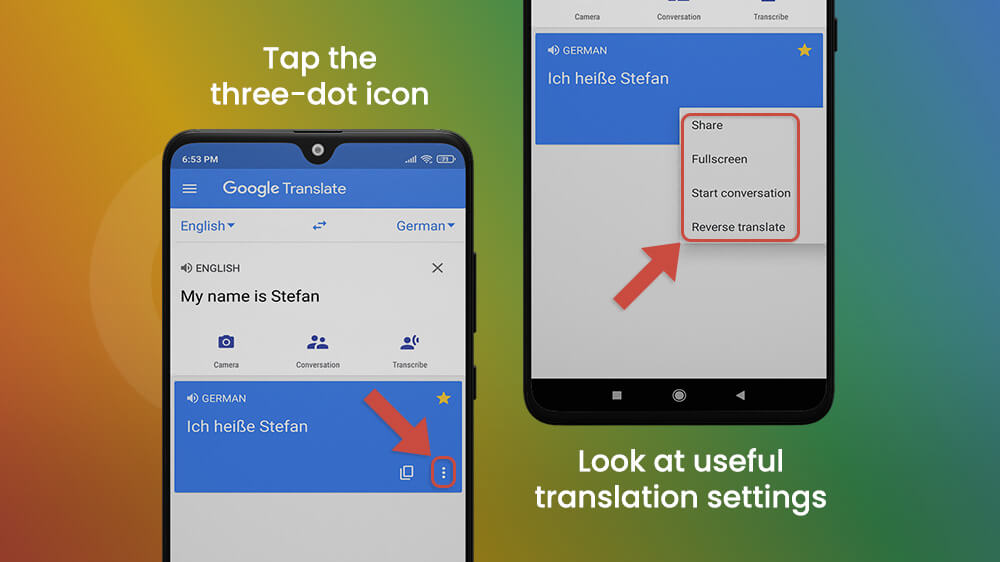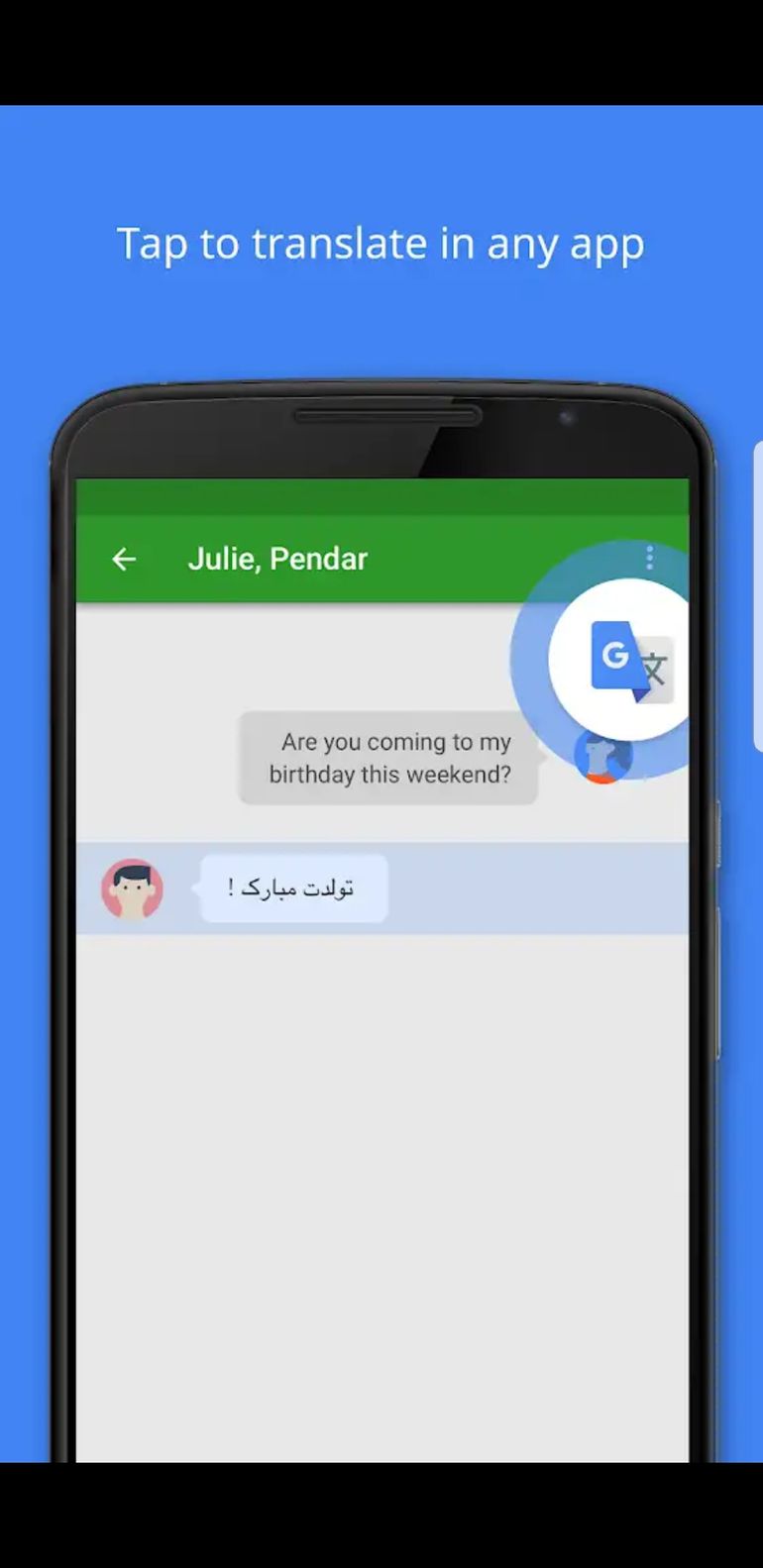

The dcc.Graph class allows us to create a graph within our layout. On the other hand, the dash_core_components library generates higher-level components like controls and graphs. In a nutshell, instead of writing HTML, dash allows us to compose the layout using Python structures with the dash-components library, which converts Python classes using the Div class to create HTML Divs. It allows us to design how our application will look like. The dash_html_components library provides classes for all of the HTML tags, and the keyword arguments describe the HTML attributes like style, className, and id. The layout uses 2 libraries, which are the dash_html_components and the dash_core_components. Each row in the DataFrame is represented as a region of the choropleth.ĭash apps are composed of 2 parts: the layout and the interactivity. The figure used in our visualization is a choropleth map which allows us to present data by areas & regions that are colored according to the values. But most importantly, it can be deployed on the Dash application, which is the main purpose of this article! Plotly is one of the best visualization libraries because it allows interactive visualization. To visualize our translated text, I will be using Plotly Express which is a new high-level Python visualization library and a wrapper for Plotly.py that allows simple syntax with complex charts. df = df.apply(lambda x: anslate(text, src=lang, dest = x).text)Īnd there we have it, a new column transl with the translated text. apply() method to pass the function and apply it on every single value of the Panda series ISO_lang.

Since we are dealing with with pandas DataFrame and the dest differs from country to country, I have used the. result = anslate("hello world", dest="fr").text Here we initialized dest with ‘fr' which means that the translate() method will convert the text from English to French. By default, the translate()method returns the English translation of the text passed into it, hence you need to specify the destination language using the dest attribute. You will first need to import Translator from the googletrans module and create an object of the Translatorclass, then pass the text as a parameter to the translate()method of the Translatorclass object.

import googletrans from pprint import pprint pprint(googletrans.LANGUAGES) The Google Translate API supports a variety of languages.


 0 kommentar(er)
0 kommentar(er)
